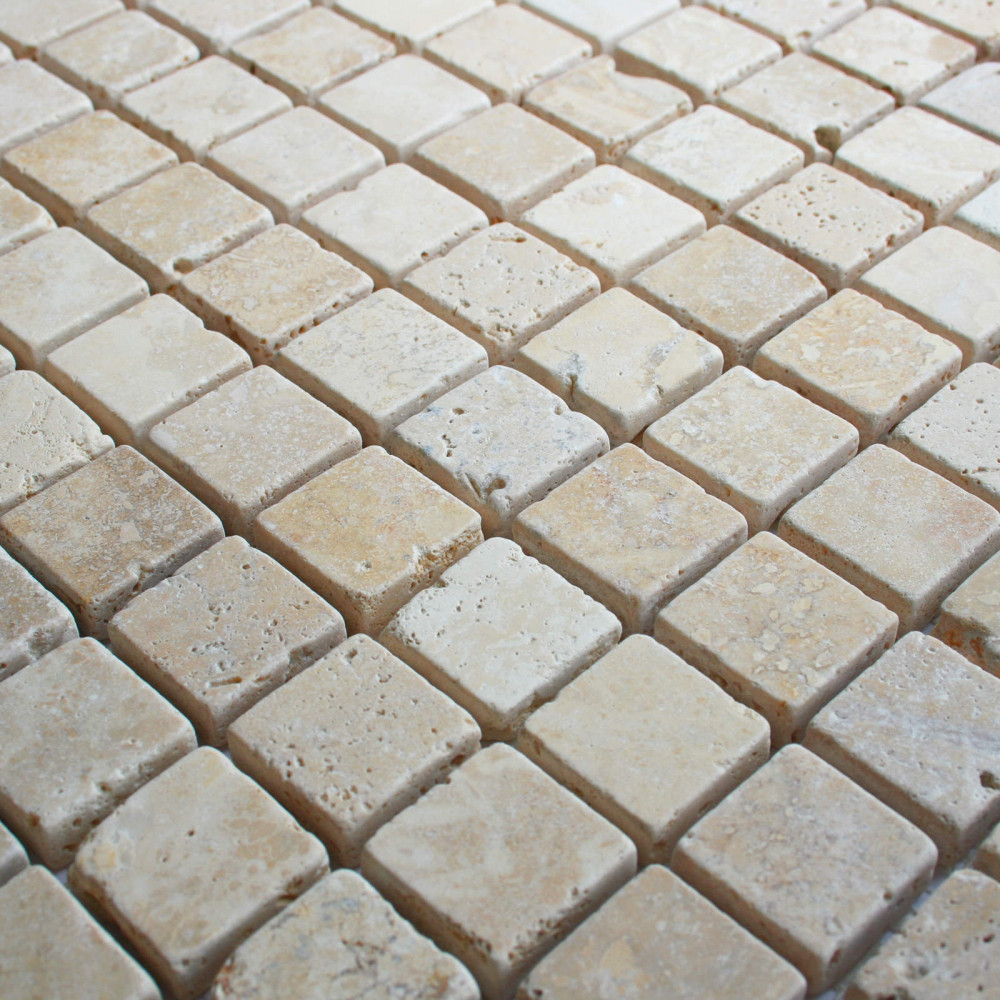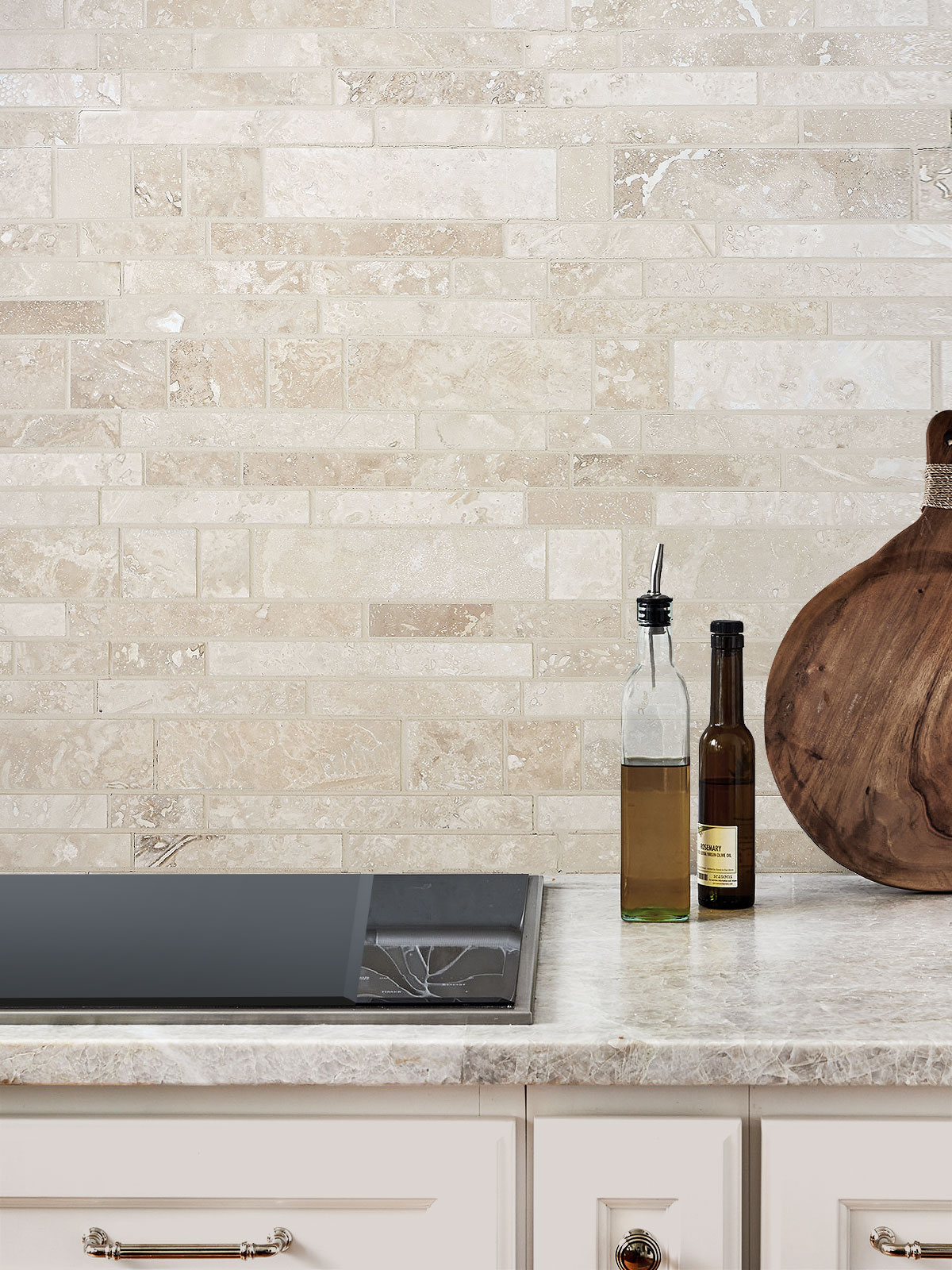Precisely Why Is Travertine Tile Contemplated Among one of the most Lasting and All-purpose Preferences for Home Design?
Worldwide of building materials, few options evoke the feeling of classic beauty and all-natural heat quite like travertine tile. Its origins trace back to old Rome, where it was utilized in grand amphitheaters, royal residences, and bathhouses. Centuries later, this elegant type of limestone remains to be celebrated not just for its background, but also for its long-lasting appeal and versatility in contemporary home layout.
Travertine is developed by natural resource from all-natural springtimes, producing a permeable and subtly distinctive stone that personifies the planet's natural personality. Unlike very sleek stones that can really feel chilly or sterilized, travertine brings a soft, inviting top quality to any kind of area. The floor tile's normally soft tones— ranging from cream color and lotion to walnut and gold— mix effortlessly into a variety of designs, whether the goal is rustic appeal, Mediterranean heat, or modern minimalism.

What makes travertine specifically engaging is its capacity to feel both improved and natural at the same time. The stone's surface might be loaded and polished for a smooth, stylish appearance, or left even more rugged and tumbled for a worn-in, antique feel. These finish alternatives enable developers and property owners to match the rock to the specific ambience they wish to develop, whether it's a sophisticated entrance hall, a relaxing kitchen area, or a sun-drenched outdoor patio.
Functionally, travertine tile does remarkably well in both indoor and exterior atmospheres. Its permeable structure allows it to stay cool underfoot, which is especially helpful in cozy climates and outdoor spaces like swimming pool decks and garden paths. When secured effectively, travertine likewise supplies strong resistance to moisture, making it suitable for washrooms, showers, and kitchen areas. Its slip-resistant qualities— particularly in textured finishes— enhance safety and security in areas where water is present, without jeopardizing on aesthetic allure.
 One of the most appealing attributes of travertine is exactly how it ages. As opposed to looking worn or out-of-date with time, travertine establishes an elegant aging that includes in its charm. This ability to grow even more attractive with age makes it a particularly smart selection for home owners that desire a material that will not succumb to passing fads. Travertine becomes part of the home's story, taking in the life that takes place around it and mirroring it in refined changes of shade and luster.
One of the most appealing attributes of travertine is exactly how it ages. As opposed to looking worn or out-of-date with time, travertine establishes an elegant aging that includes in its charm. This ability to grow even more attractive with age makes it a particularly smart selection for home owners that desire a material that will not succumb to passing fads. Travertine becomes part of the home's story, taking in the life that takes place around it and mirroring it in refined changes of shade and luster.
Maintenance of travertine tile calls for some attention, particularly when compared to made products, but the incentives are well worth the initiative. Regular securing shields versus staining and etching, and regular cleaning with gentle, pH-neutral items keeps the rock looking its best. With these straightforward treatment practices in place, travertine continues to be resilient and eye-catching time after time.
Past its physical characteristics, travertine tile lugs with it a sense of place and permanence. Whether sourced from Turkey, Italy, or other regions rich in geological history, each floor tile tells a story that predates modern-day world. This link to nature and background provides a richness to travertine that few various other products can reproduce. It doesn't simply embellish a space— it transforms it into something grounded, enduring, and deeply personal.
In a world where home fads are constantly changing, travertine tile remains a steadfast symbol of preference and long life. Its fusion of all-natural style and functional performance discusses why so many designers, home builders, and homeowners remain to select it, not just for what it resembles today, however, for the tradition it creates for tomorrow. When it pertains to combining design, compound, and background in one product, the concern isn't why you ought to make use of travertine tile— it's why you would not.